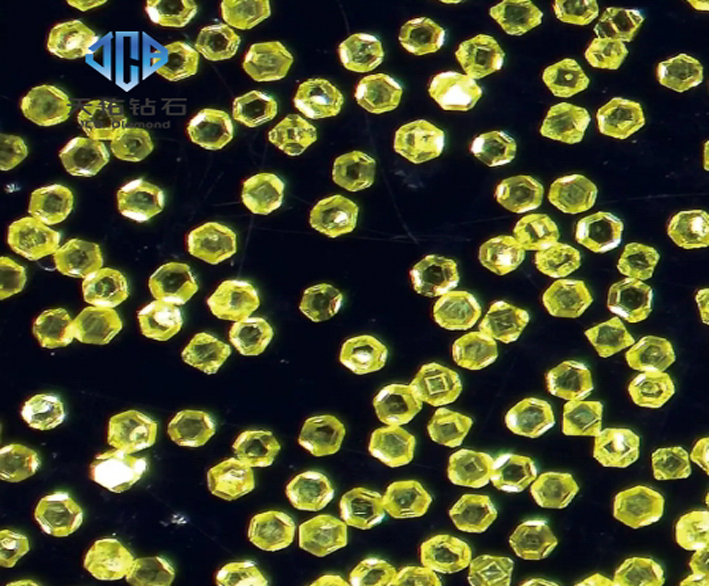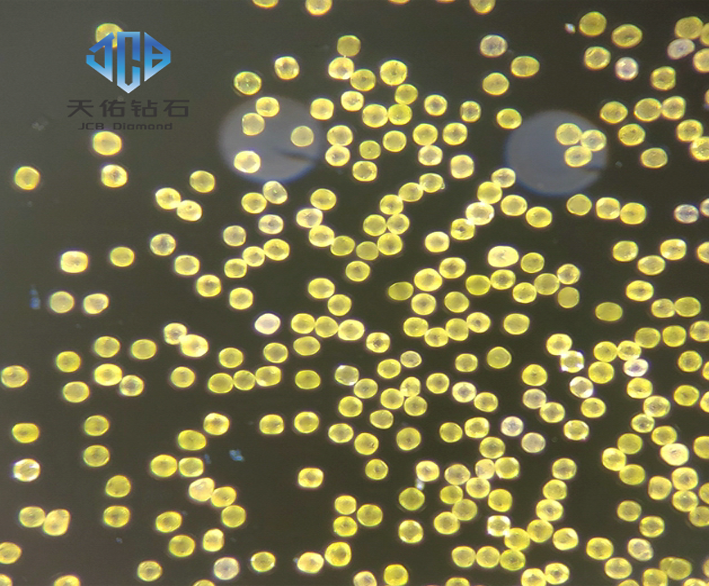The core of its "specialness" lies in four key advantages:
1. Unparalleled Ultra-High Thermal Conductivity
Data: Its thermal conductivity reaches 1000-2200 W/(m·K), which is two to five times higher than copper (approximately 400 W/(m·K)) and five to ten times higher than aluminum.
What it means: Heat can be transferred and diffused extremely quickly within diamond, instantly dissipating heat from heat sources (such as chip cores) and preventing the formation of localized hot spots.
2. Excellent Electrical Insulation
Feature: Diamond is a natural electrical insulator.
Key Comparison: Metals like copper and aluminum conduct heat well but are not electrically conductive. They cannot be placed in direct contact with circuits and require an insulating layer (such as a thermally conductive silicone pad). This insulating layer itself is a major heat dissipation bottleneck.
High-Temperature-Conductivity Graphene is also a conductor. What it means: Diamond can be deposited or bonded directly onto the semiconductor die of a chip, achieving the most direct and efficient heat dissipation path while ensuring absolute circuit safety.
This breaks the bottleneck of "insulation equals thermal insulation."
3. Extremely High Hardness and Stability
Features: It is the hardest substance in nature, boasts high mechanical strength, and its coefficient of thermal expansion is very close to that of semiconductor materials such as silicon, GaN (gallium nitride), and SiC (silicon carbide).

What it means:
Durability: Heat dissipation components are less susceptible to damage.
High reliability: During severe temperature cycles, the diamond and chip expand and contract in unison, significantly reducing thermal stress, preventing chip cracking or interface separation, and extending device life.
4. Low Density (Lightweight)
Features: Density is approximately 3.5 g/cm³, far lower than copper's 8.9 g/cm³.
What it means: While providing equivalent or better heat dissipation capabilities, it can significantly reduce weight. This is crucial for aerospace, drones, and portable electronic devices.

Main Application Scenarios (Which "Heat Generators" Problems Does It Solve?)
Based on the above properties, high-thermal-conductivity diamond is primarily used in the following cutting-edge fields with stringent heat dissipation requirements:
• 1. High-end semiconductor lasers: Devices like laser bars generate enormous and concentrated heat. Diamond is an ideal "heat sink" material, ensuring the laser's output power and lifespan.
• 2. 5G/6G communication base stations and RF power amplifiers (GaN): Gallium nitride devices operate at high frequencies and high powers, generating extremely high heat density.
Using diamond substrates (growing GaN directly on diamond) can significantly reduce chip junction temperatures, improving output power and efficiency.
• 3. High-Performance Computing (HPC/AI) and Data Centers: As CPU/GPU computing power soars, their heat flux density is approaching the limits of traditional heat dissipation.
Diamond vapor chambers and diamond microchannel cooling liquid blocks are next-generation heat dissipation solutions.
• 4. Electric Vehicles and Rail Transit: The heat dissipation of core power devices (IGBTs, SiC MOSFETs) directly determines the overall vehicle power and reliability.
Diamond heat sinks can significantly improve module power density and durability.
• 5. Aerospace electronics: In harsh environments, cooling systems must be efficient, lightweight, and absolutely reliable.
Diamond is one of the few options that meets these comprehensive requirements.